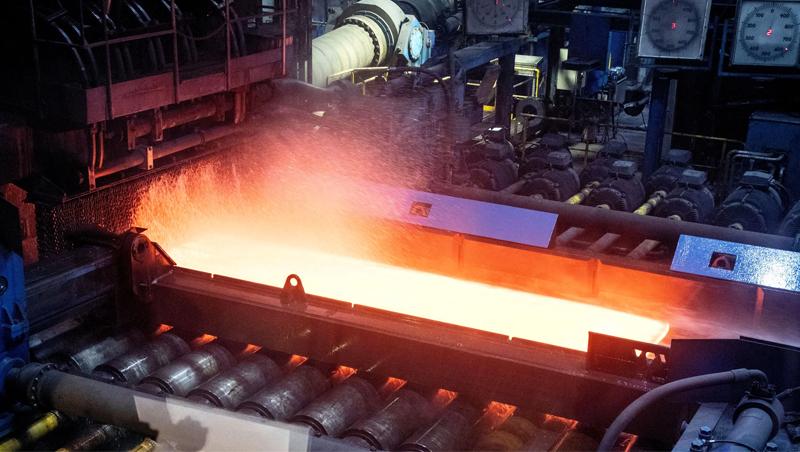
Steel production accounts for around seven per cent of humanity’s greenhouse-gas emissions. There are two reasons for this startling fact. First, steel is made using metallurgic methods that our Iron Age forebears would find familiar; second, it is part of seemingly everything, including buildings, bridges, fridges, planes, trains, and automobiles. According to some estimates, global demand for steel will nearly double by 2050. Green steel, therefore, is urgently needed if we’re to confront climate change.
Fortunately, we’ve since learned that there’s more than one way to purify iron. Instead of using carbon to remove the oxygen from ore, creating CO2, we can use hydrogen, creating H2O—that is, water. Many companies are working on this approach; this summer, a Swedish venture used it to make steel at a pilot plant. If the technique were widely employed, it could cut the steel industry’s emissions by ninety per cent, and our global emissions by nearly six per cent. That’s a big step toward saving the world.
Hydrogen-based steelmaking isn’t the only way forward. Other groups are exploring more experimental green-steel methods. An Austrian project called SuSteel—sustainable steel—uses hydrogen plasma, which is much hotter than hydrogen gas, to reduce and melt the iron ore; while it melts, they add carbon, combining ironmaking and steelmaking into one step. Boston Metal, an M.I.T. spinout company, is based on “molten oxide electrolysis,” in which electricity is run through melted iron oxide, producing steel and oxygen. ArcelorMittal is also testing “electrowinning”—a process in which it passes current through a solution containing particles of iron oxide, so that the iron collects on one electrode while oxygen collects at the other...
The New Yorker: The Promise of Carbon-Neutral Steel


